How Your Brand Can Become a Verb
If your brand isn’t a verb, it’s forgettable.
Harsh? Maybe.
But think about it.
People don’t say “search it online.” Instead, they say, “Google it.”
When it comes to catching a ride, no one says “order a ride.” They’ll just tell you, “Uber there.”
And rather than “schedule a video call,” the phrase you’ll hear is, “Let’s Zoom.”
These brands didn’t just earn recognition, they became the default action.
That’s the gold standard of brand positioning.
At Tribe, we help early and growth stage companies do exactly that using our trademarked Make Your Brand a Verb™ framework, a strategic method for turning your brand into something people remember, repeat, and rely on.

The Backstory: Where the Verb Strategy Came From
Before Tribe was a brand consultancy digital marketing agency, it was a hypothesis.
After working with dozens of high-growth founders, we noticed something:
Even the most brilliant MedTech CEOs, startups, and product innovators were falling flat with their brand presence and positioning.
Not because their product wasn’t great.
But because they looked and sounded like… everyone else.
They had generic websites, uninspired decks, and messaging that read like it was pulled from a compliance binder.
That’s when we coined the concept: Make Your Brand a Verb™.
We didn’t want our clients to blend in. We wanted them to become the behavior, the action their customers default to.
And it worked.
What It Really Means to Become a Verb
Becoming a verb means your brand doesn’t need a long explanation.
You own the mental real estate around a specific action, pain point, or transformation.
It means when someone talks about the problem you solve, they use your name to describe the solution.
Examples:
- Google didn’t invent search. But they made it fast, reliable, and ubiquitous. So much so that search and “Google” became synonymous.
- Uber redefined on-demand transport. Now people don’t just call a car, they Uber.
- Zoom became the go-to for video meetings because it was easier, faster, and more frictionless than anything else on the market.
- Apple made the iPhone the shorthand for mobile computing, not just a phone, but a lifestyle shift.
Each of these brands didn’t just build a product, they built behavioral defaults.
That’s the power of becoming a verb.
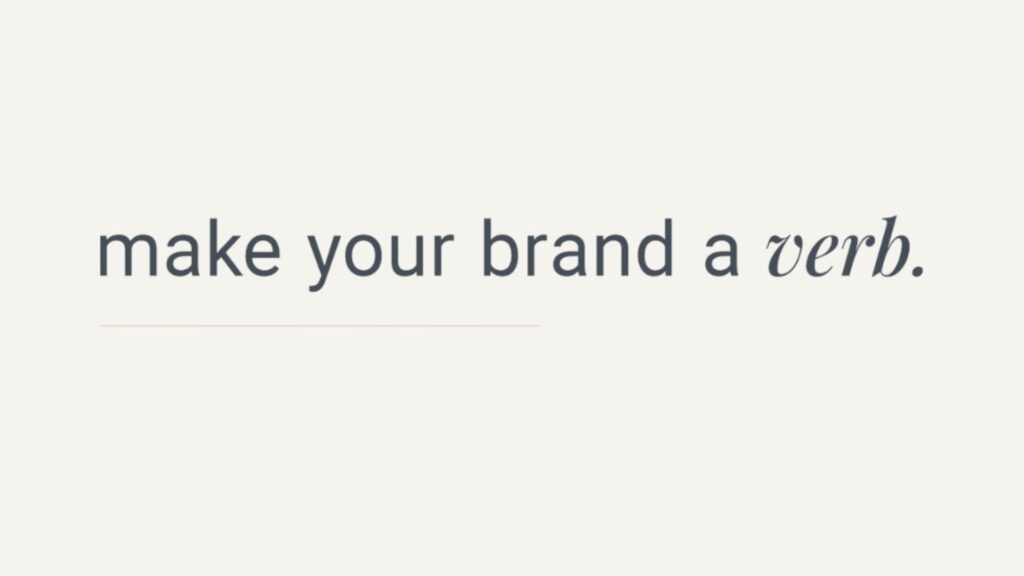
The Strategy Behind Becoming a Verb
Becoming a verb isn’t magic. It’s a method.
Here’s the truth: those household names didn’t get there by accident. They became verbs because they followed a strategic formula:
- Owned a clear problem
- Delivered visible outcomes
- Showed up across all channels with consistency
- Built cultural relevance through positioning, timing, and repetition
- Often secured first-mover advantage or pole position in their category
Many verb-level brands got there because they were first or fast. Being first to market gave them pole position, but they held that position by delivering outcomes that stuck.
Becoming a verb also means doing what Peter Thiel calls going from zero to one, not just improving a category, but owning it outright. Brands that become verbs don’t join the conversation. They create it.
And none of this works without one critical element: the product or experience has to deliver.
You can’t brand your way to verb status if the experience doesn’t hold up. Seamless UX, accessible support, and consistent delivery turn repeat users into vocal advocates. If your product breaks trust, your brand won’t be repeatable, verb or not.
This is the same foundation behind our Make Your Brand a Verb™ flywheel:
Awareness → Trust → Action → Repetition → Category Ownership
When your brand consistently delivers value and clarity across every stage, you earn something more powerful than visibility.
You earn association.
And once your audience starts using your brand name as shorthand for an outcome? That’s your inflection point.
How Tribe Applies the MYBaV Framework
We’ve used this framework to help startups go from invisible to best-known in months.
Our clients aren’t household names (yet), but they’ve created micro-movements in their spaces using these five steps:
1. Define the outcome and category you want to own
Stop leading with your product(s). Start with what transformation or changes expected in your audience’s life, business, or workflow after using your solution.
2. Build a message that’s easy to repeat
If it doesn’t roll off the tongue, it won’t get shared. We craft simple, sticky, story-driven messaging that spreads.
3. Audit every channel for consistency
We align your voice, visuals, and positioning across websites, decks, LinkedIn, sales calls, and more.
4. Map your visibility flywheel
You don’t need to be on every platform, but you do need to show up where your audience is, with value they care about.
5. Turn moments into language
Once people start repeating your brand name in conversation (internally or externally), you’ve got momentum. We help accelerate that.
Some of the most memorable brands didn’t wait to become the leader. They showed up as if they already were. Consistent messaging, recognizable design, and category authority, even before market dominancecreates the illusion of inevitability.
Free Download: Your 7-Part Plug-and-Play Marketing Plan
Want to see how this works in action?
Grab our free 7-Part Plug-and-Play Marketing Plan, which includes:
- Brand positioning exercises
- Content strategy templates
- Lead magnet + nurture funnel blueprint
- Omnichannel visibility checklist
- Website and SEO optimization tips
- Tools we actually use at Tribe
- A simple flywheel map to connect it all
Download the Free Marketing Plan
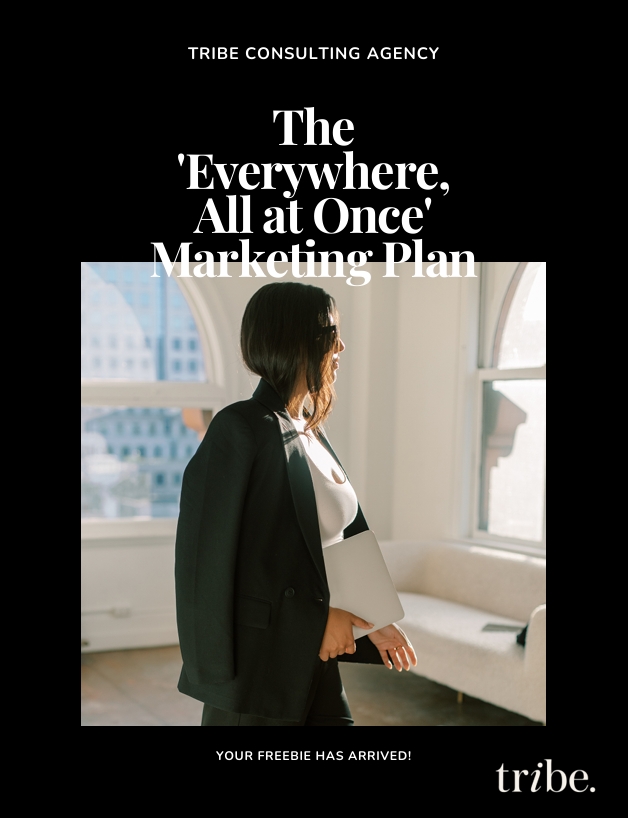
This is a perfect companion to the MYBaV framework if you’re ready to execute across all channels with clarity.
Why This Matters More Than Ever
In crowded industries like MedTech and startups your competition isn’t just other startups.
It’s Distraction. Noise. Commoditization.
You can’t afford to look or sound like everyone else.
The fastest-growing brands are the ones that dominate mindshare before market share, so if you’re only thinking about features, logos, or traffic, you’re missing the bigger play.
Making your brand a verb is about brand stickiness, cultural relevance, and repeatability.
And those are the foundations that compound over time.
People Don’t Share Confusing Brands
If they can’t describe what you do, they won’t talk about it.
If your message doesn’t land in seconds, it won’t spread.
And if your brand doesn’t create action, it won’t scale.
Making your brand a verb means building something that lives in the conversation, without you in the room.
And that’s how you go from new player to category owner.
Ready to Build a Brand People Repeat?
We help startups and small teams craft brands that scale through story, not spend.
Explore how Tribe helps you:
- Clarify your positioning
- Build brand equity from day one
- Launch campaigns with confidence
- Dominate the narrative in your category
Get in Touch with Tribe
Download the 7-Part Marketing Plan
🎙️ Want more insights like this?
Listen to the Leadr Podcast for founder stories, brand strategy, and tactical content that converts.


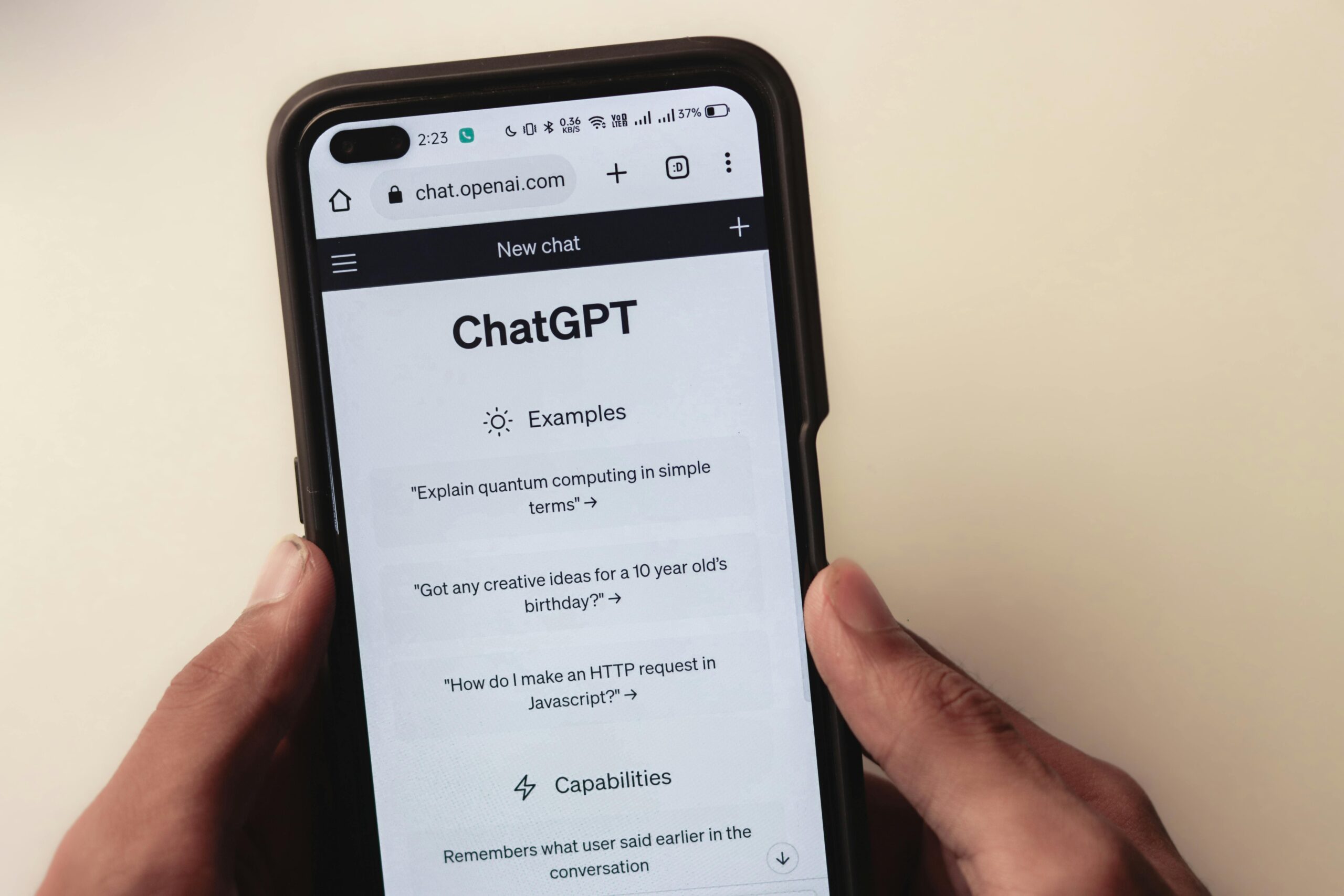

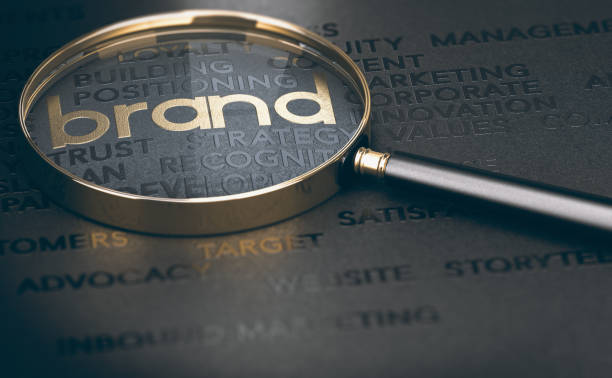
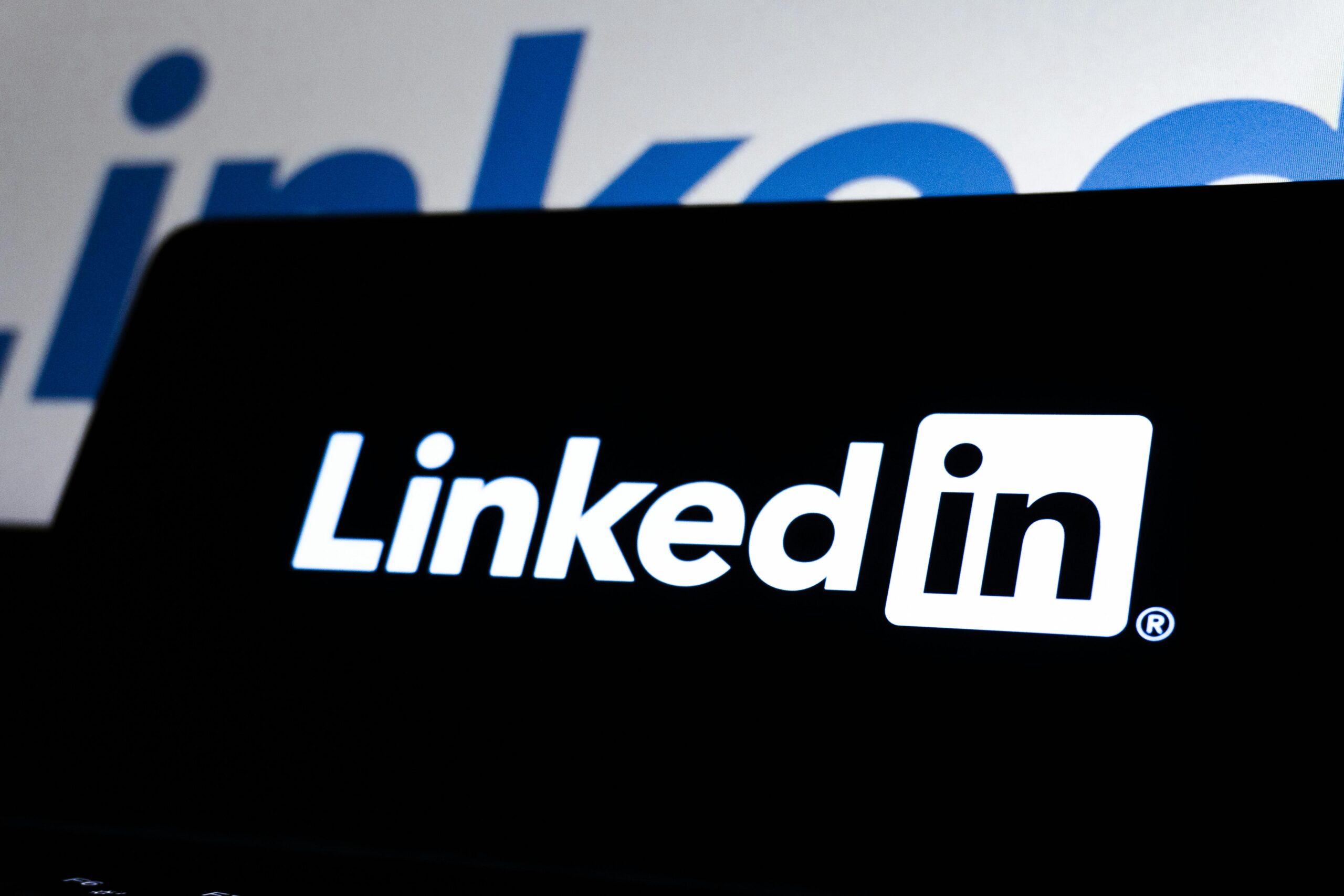










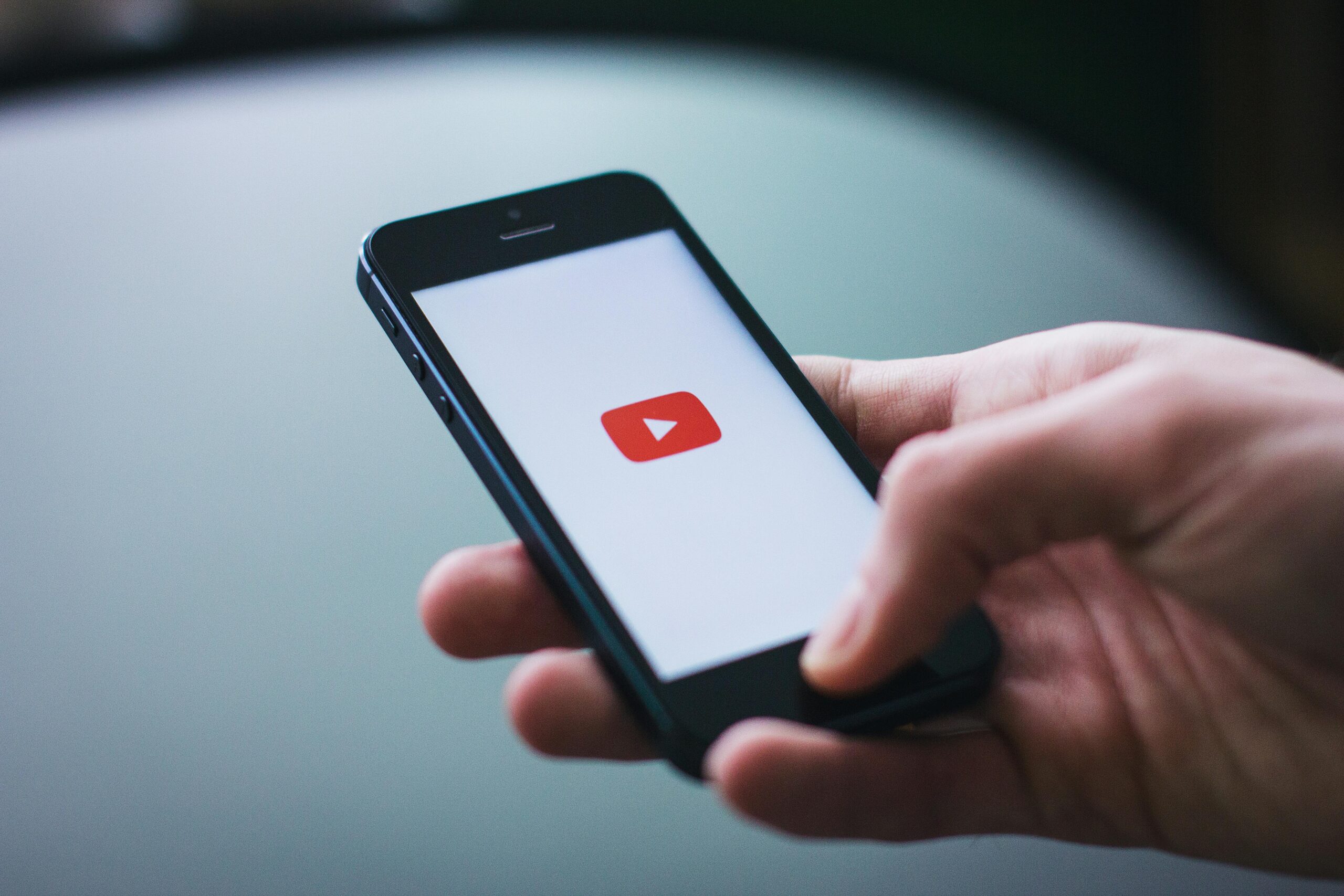



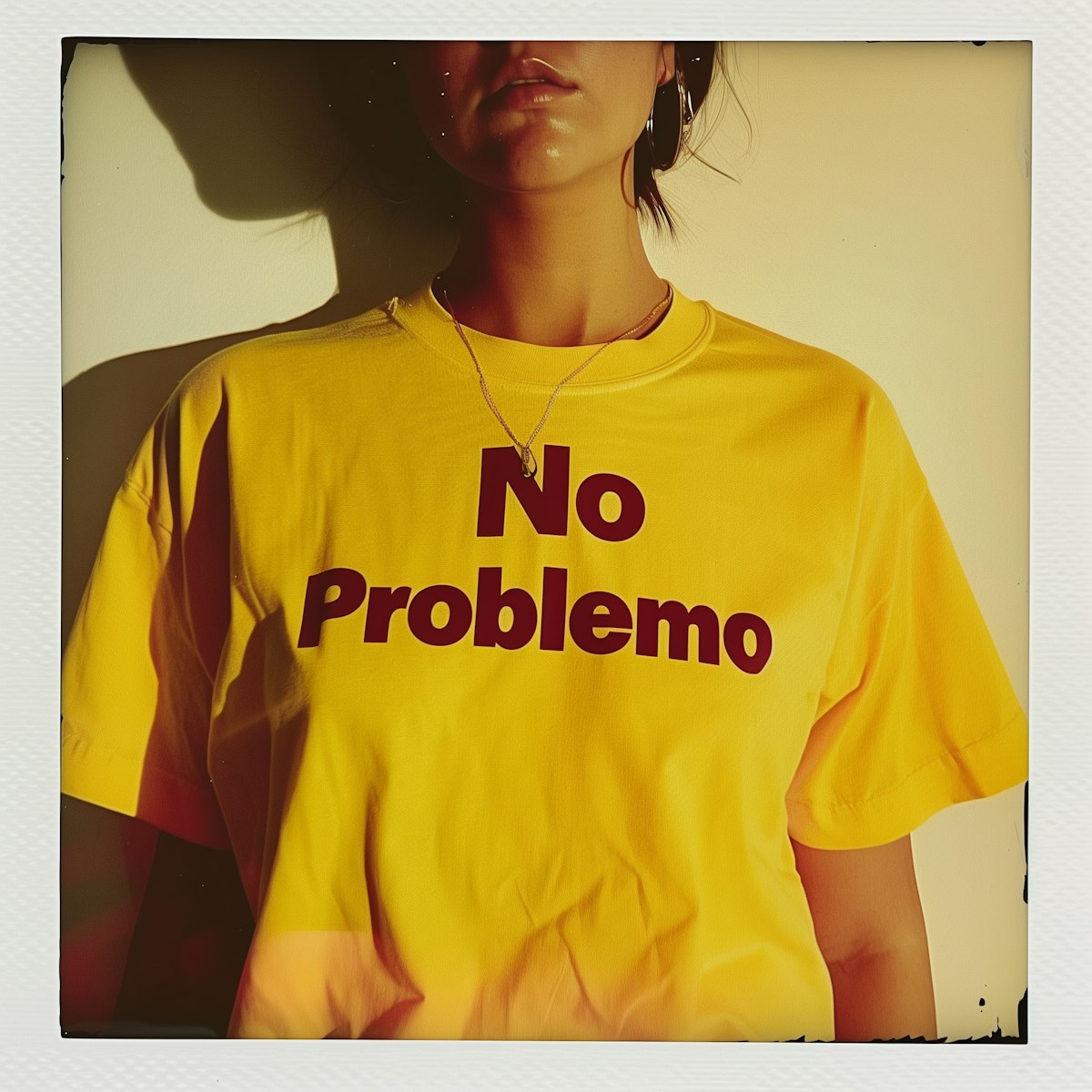






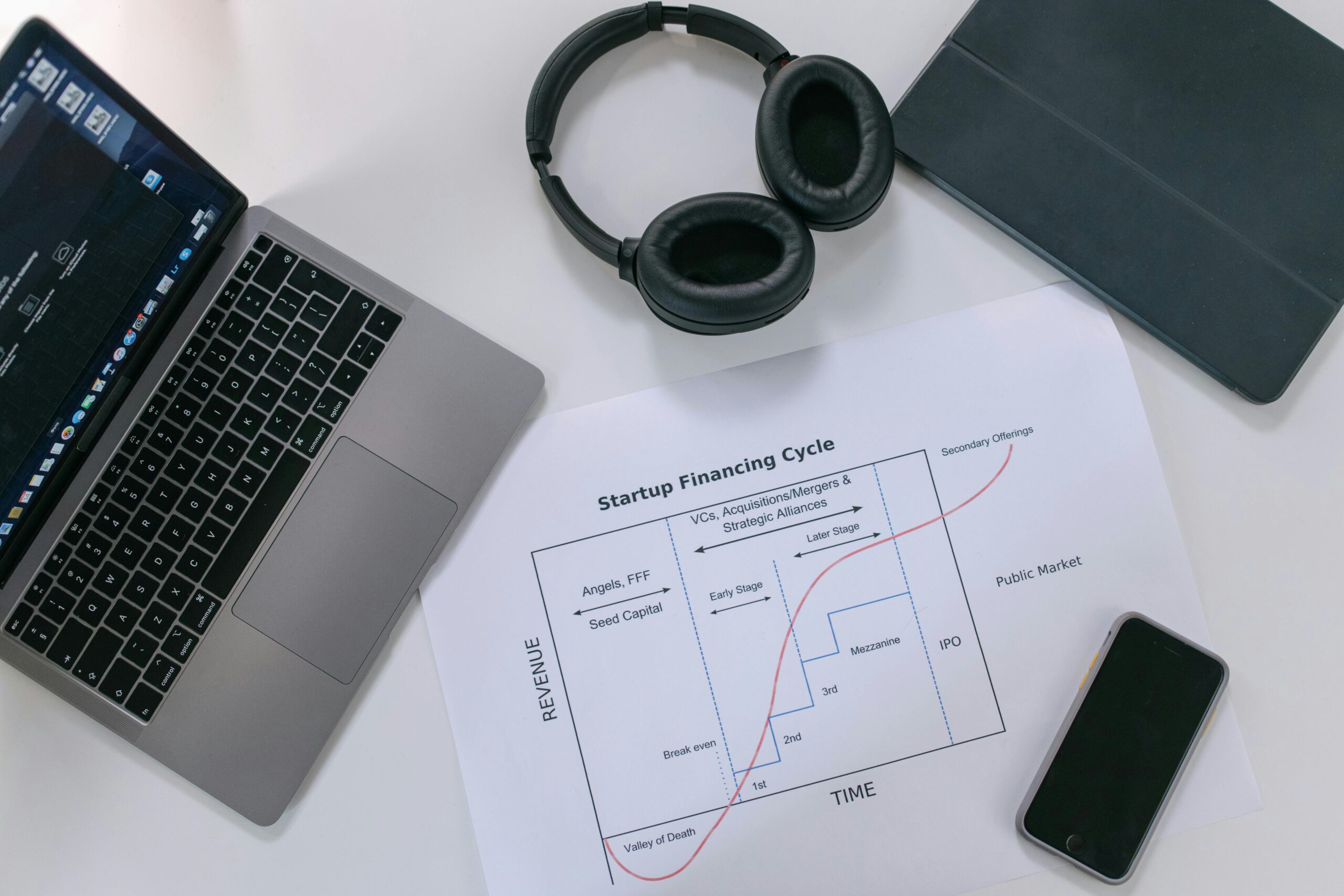


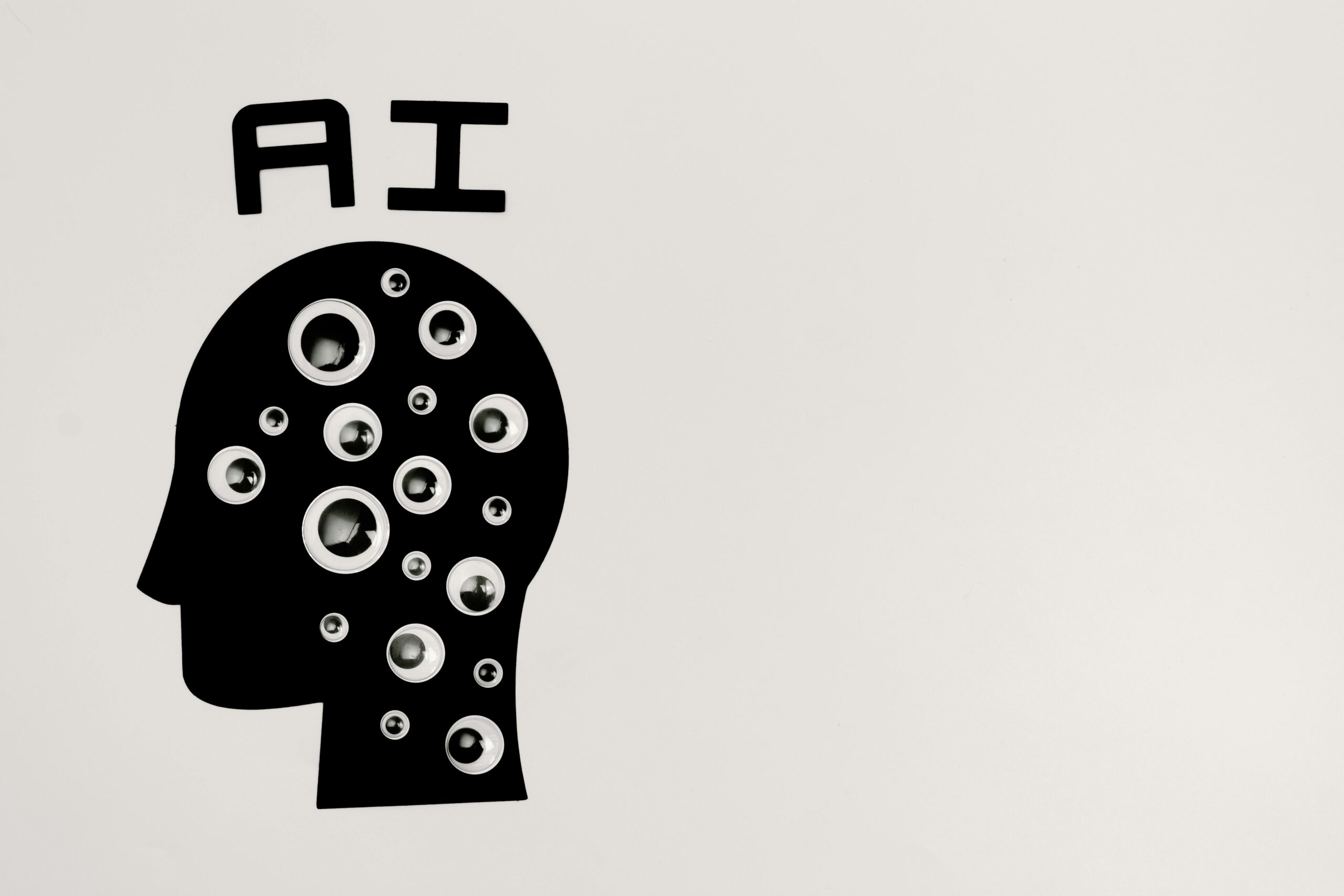





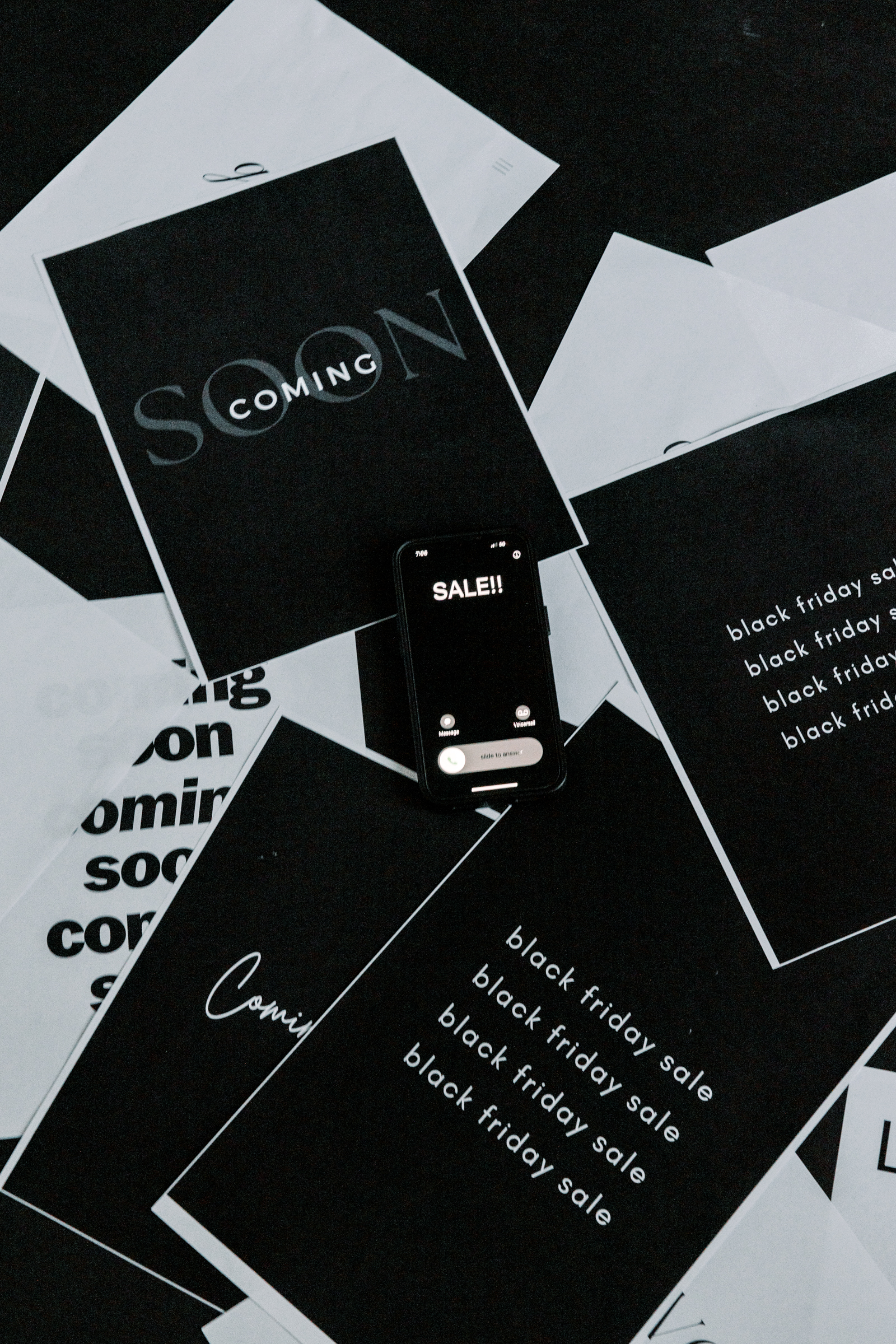



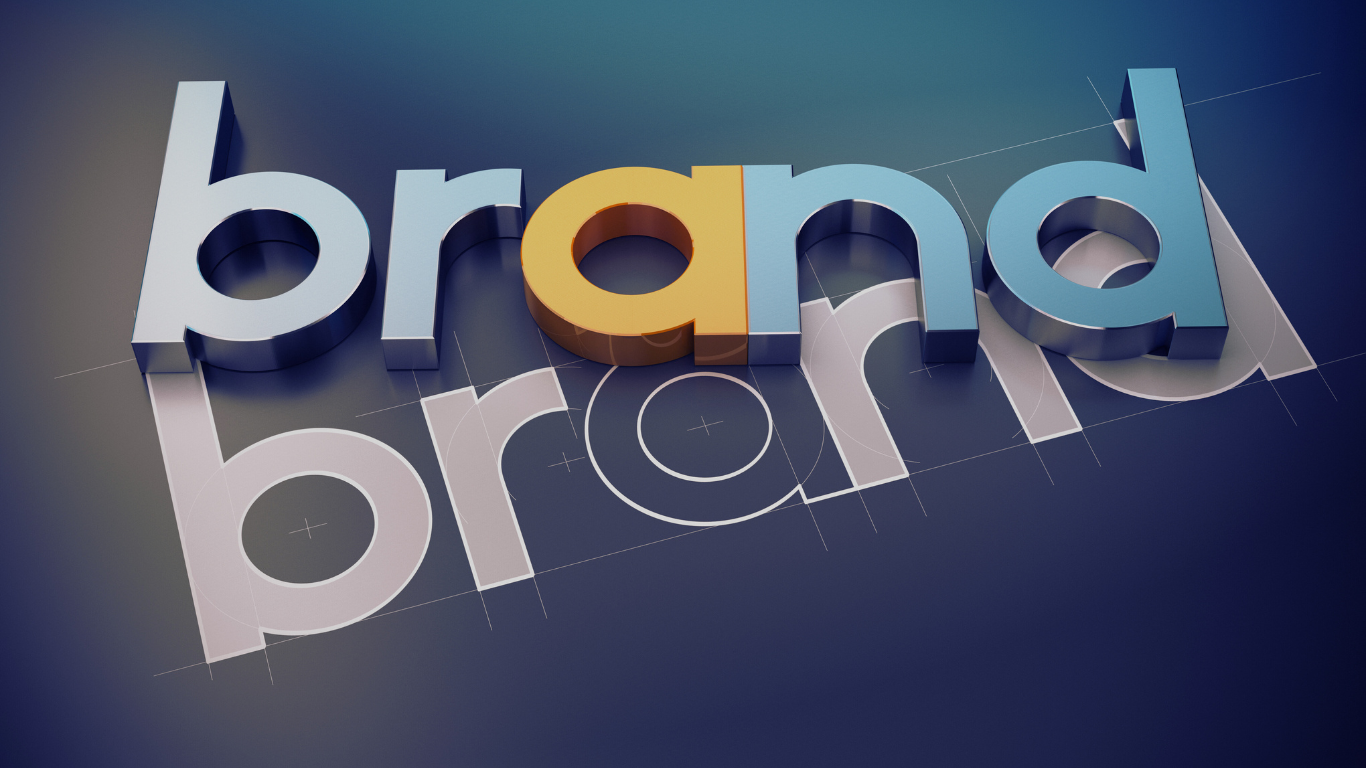






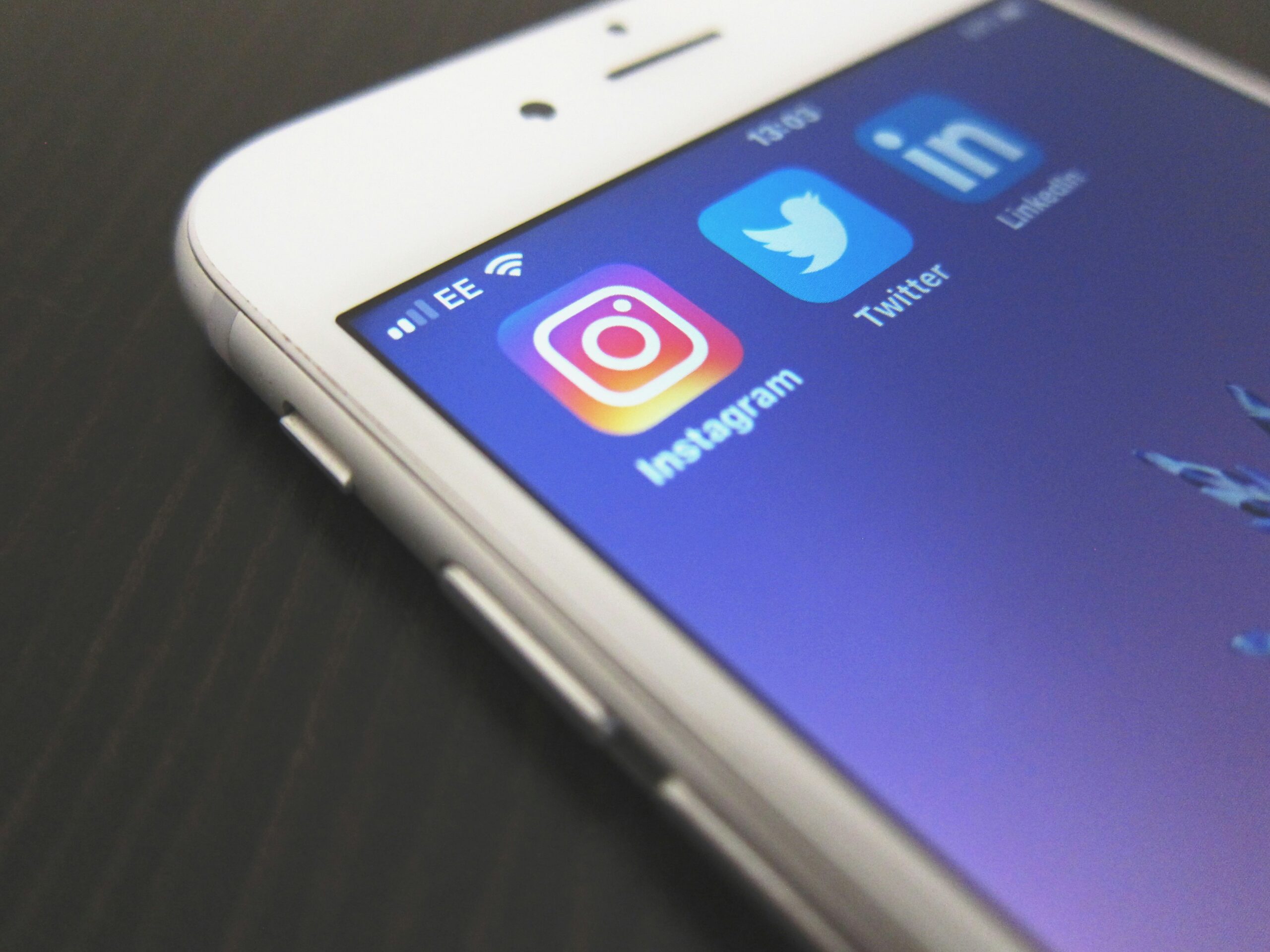






Read the Comments +